The Louvre Abu Dhabi is a phenomenon. The result of an unprecedented arrangement between France and the UAE, drawn up in 2007 in exchange for an undisclosed sum, the museum is a kind of Cinderella Louvre, now with 20 years (of the original 30-year licence) to become established in its own right.
Architecturally, it is neither entirely of the Gulf nor of the Île de France. For once, seductive published images cannot possibly exaggerate the impact of the building. Jean Nouvel’s initial concept, actually predating the involvement of the Louvre, was for an immense saucer dome to hover over a ‘medina’ of whitewashed rectilinear buildings, set out in semi-random fashion. Nouvel, architect of the enduringly magnificent Institut du Monde Arabe in Paris (completed in 1987), as well as the nascent National Museum of Qatar, due to open in late 2018 and patterned on a desert rose, its ‘petals’ wrapped around the existing palace, was undoubtedly the right man for this job.
In the setting of Abu Dhabi’s commercial architecture, a dizzying thesaurus of recent design fads, the building itself seems surprisingly low-key. Visitors approach Saadiyat Island along Corniche Street, where banners hang on lamp posts urging us to ‘see humanity in a new light’ or reminding us that ‘we recognise ourselves in each other’. The entire island was planned as a flagship initiative by the UAE’s department of tourism and culture, a rich developer’s cake ornamented with cultural baubles, Pritzker Prize-winning architects jostling to outperform one another. Eleven years later, the Louvre Abu Dhabi stands alone, without even the comfort of Michel Desvignes’s elegant landscape setting (a loss which Nouvel mourns) and with no neighbours. Norman Foster’s solitary falcon wing is a mere symbol of the projected Zayed National Museum, where arrangements with the British Museum for loans and expertise appear to have broken down in the face of protracted delays. Buildings by Gehry and Hadid are no more than renderings.
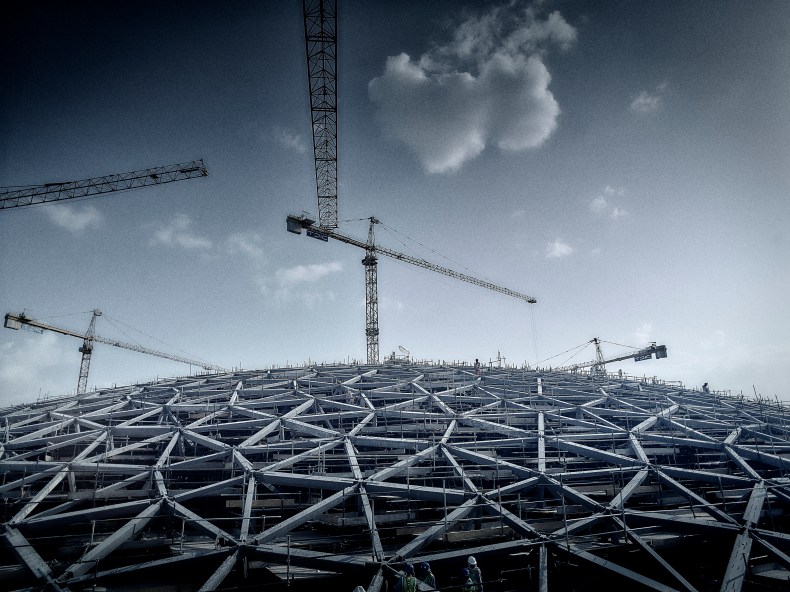
The dome of the Louvre Abu Dhabi under construction. Photo: Phillip Handforth; © BuroHappold Engineering
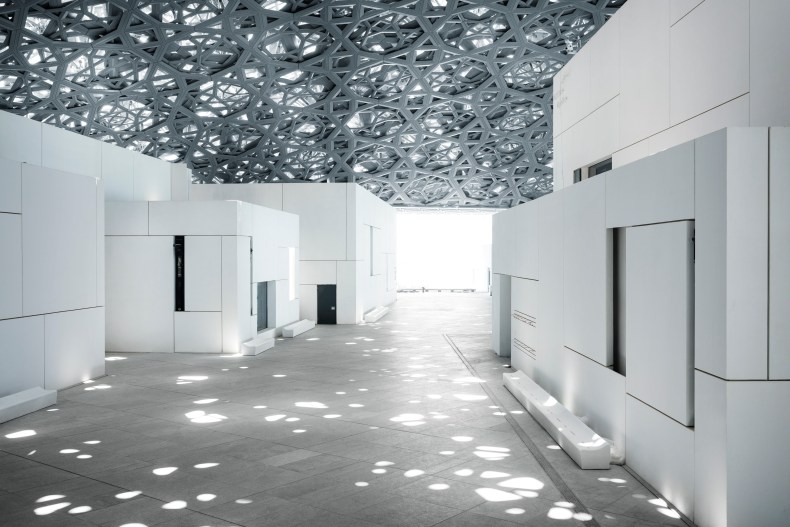
Louvre Abu Dhabi, 2017. Photo: Mohamed Somji; © Louvre Abu Dhabi
In the event, the exterior modesty of the Louvre is seemly. Battleship-grey and slung low, the horizontality of the whole gives force to the theatre of the interior. Under the soaring dome, a staggering 180 metres wide, filtered sunlight rains down through an astonishing overhead geometry of interlocking, overlapping frames, grids, stars and frets. Beneath, the ‘street’ wends past the ‘houses’ to converge on a plaza where commissioned artist Jenny Holzer’s immense calligraphic works based on cuneiform, Arabic, and old French texts offer some of the most pronounced and original clues to the artistic ambitions behind this project.
Among unexpected delights are the long views out over water, to cruise liners and private yachts in one direction, towards an incoherent distant cityscape in another. Walking around you catch a breath of breeze, or spot a fugitive bird, while the relentless Gulf sun is filtered by no less than eight layers of metalwork (four steel and four aluminium) after which the light scatters, gently, on to the floor, the walls and the water.
The vaunting ambitions of Nouvel’s concept involved highly complex engineering, baffling structural conundrums resolved over time by Ateliers Jean Nouvel and the engineers BuroHappold. Quantum leaps in virtual modelling have played a major part. Built in a dry dock, the water was reintroduced in phases, resulting in a building that is effectively an island, mirrored across a series of graded saline pools and inlets, girdled and lapped by gently tidal water. But despite the ranks of Venetian mooring posts, sufficient for a fleet of gondolas, all but extremely important visitors arrive by land. The island site has brought difficulties. Steel doors, hefty concrete barriers and lower regions out of reach are reminders that, for all the nods to openness, recent events in the Gulf and beyond have had repercussions, starting here with the building itself.
Entering the exhibition space, where temperature and light control are impressively achieved, the collections aim for a theme of universality, Western-style. The galleries are elegant and beautifully made; underfoot dark stone gives way to timber and even leather, overhead different juxtapositions and thicknesses of mesh diffuse and distribute light. The current arrangement must balance the museum’s already extensive holdings with some 300 objects that have been loaned via an alliance of 13 French museums and galleries, Agence France-Muséums (which will be dissolved).
Curated to provide an overview of topics ranging through universal religion, power, trade routes, modernity, and more, the effort to be all things to all leads to odd moments. A tiny ivory Virgin and child is on show in the first gallery, the Great Vestibule, alongside the figures of Isis and Horus, and Phembo, a Yombe figure, but the three miniscule figures are here representatives of motherhood. Further on, one of the side galleries, diminutive cabinets of curiosity, displays three religious texts. A leaf from the 9th or 10th century ‘Blue Qur’an’ is shown alongside a Yemeni Torah from 1498 and a French gothic 13th-century illuminated Bible. Here the juxtaposition is effective and these jewel-box spaces, lit to perfection, are among the museum’s glories.
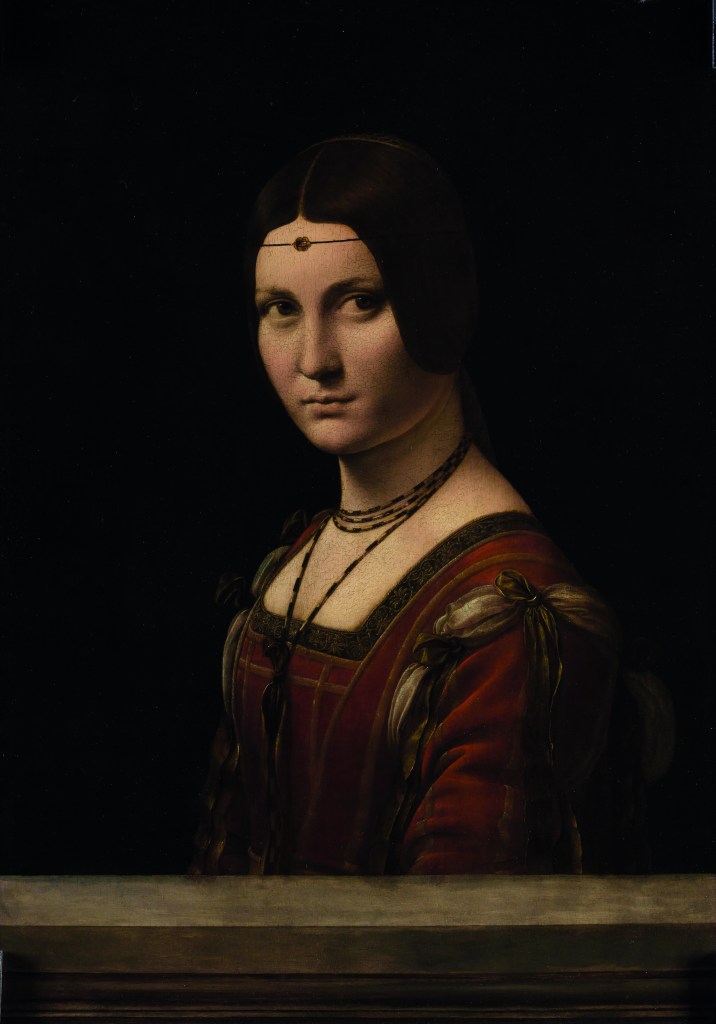
La Belle Ferronnière (1495–99), Leonardo da Vinci. Musée du Louvre, Paris. Photo: Peter Harholdtl; © Musée du Louvre-High Museum
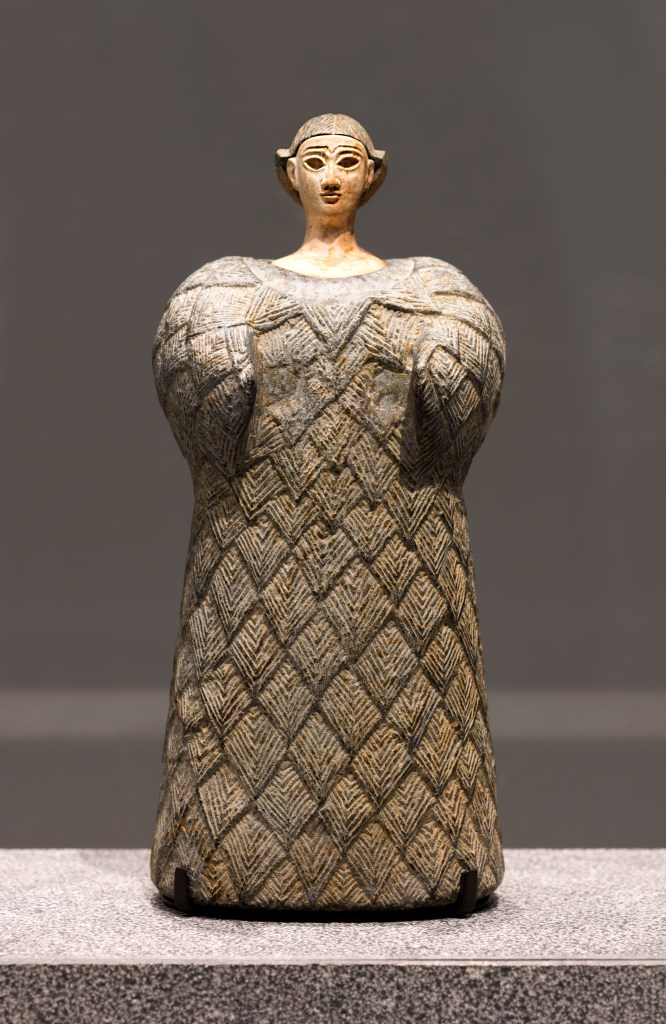
Bactrian ‘princess’, (2,300–1,700 BC). Photo: Thierry Ollivier; © Louvre Abu Dhabi
A pair of six-fold 16th-century screens in which Portuguese merchants are seen landing in Japan suggest, irresistibly, a bevy of 21st-century French museum professionals arriving in the Gulf. There is a nod to revolution with Jacques-Louis David’s Napoleon Crossing the Alps and Gilbert Stuart’s portrait of George Washington, but is a late 19th-century marble bust of an Abyssinian Chieftain, by Adèle d’Affry, who exhibited as Marcello, included as an orientalist curiosity or a feminist achievement? Is Ai Weiwei’s version of Tatlin’s tower (2016) in backlit crystal, looking like a vulgar hotel chandelier, offered in irony or as comment? Now we learn that Leonardo da Vinci’s Salvator Mundi is to hang here; at a price of $450m it comes in at around two-thirds of the price of the building. The relative values that drive this project, attempting to straddle cultures, tame environments, and confront preconceptions, seem ever more confusing.
The first of a planned series of exhibitions is a history of the Louvre (Paris), in which, doubtless, there will be observations about plunder and restitution. And as the withdrawal of loans begins in Abu Dhabi in the coming years, the UAE must turn to the art market to refill its basket with choice items, bidding against neighbours or equally acquisitive arts institutions further east. In befuddling times in which the exchange of pandas is a plank in Chinese diplomacy, and museums from St Petersburg to New York ship their treasures around the globe, the lines between art and politics, commercial funding and independent scholarship, are ever more blurred. To retain the Louvre Abu Dhabi’s stated mission of thoughtful, inclusive interpretations offered to an open-minded public will require ever stronger nerves as the clocks tick away.
From the January 2018 issue of Apollo. Preview and subscribe here.
Unlimited access from just $16 every 3 months
Subscribe to get unlimited and exclusive access to the top art stories, interviews and exhibition reviews.

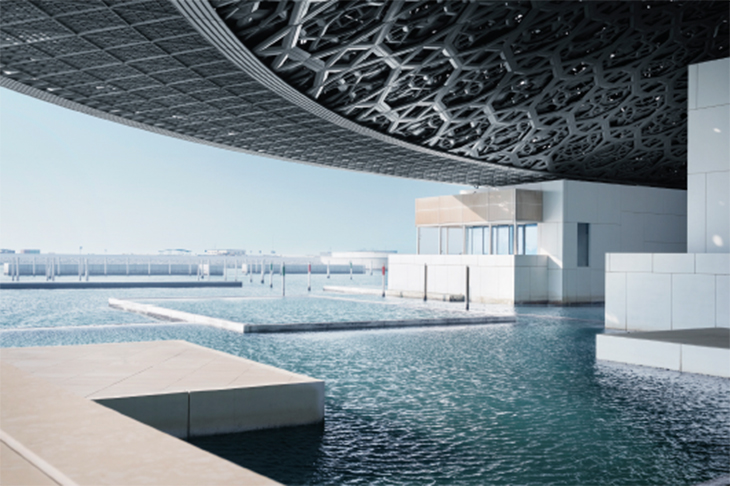
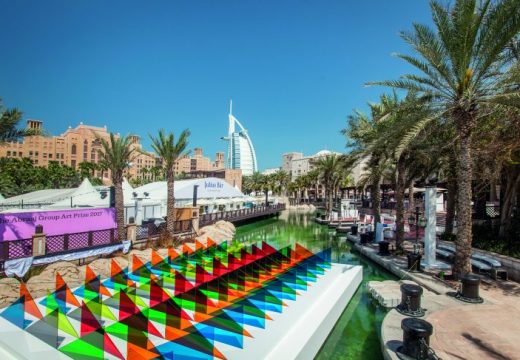
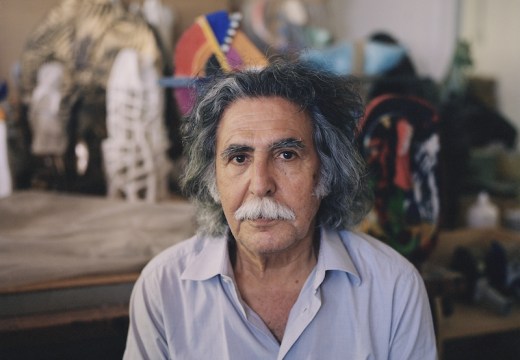
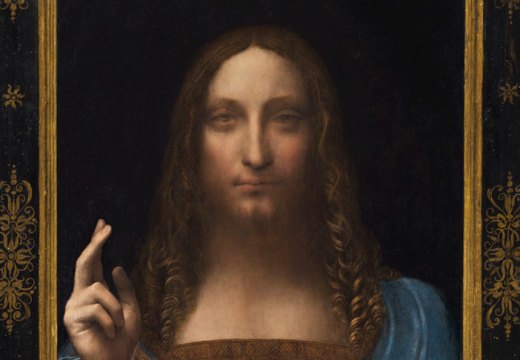









![Masterpiece [Re]discovery 2022. Photo: Ben Fisher Photography, courtesy of Masterpiece London](http://www.apollo-magazine.com/wp-content/uploads/2022/07/MPL2022_4263.jpg)
It’s time for the government of London to return to its rightful home